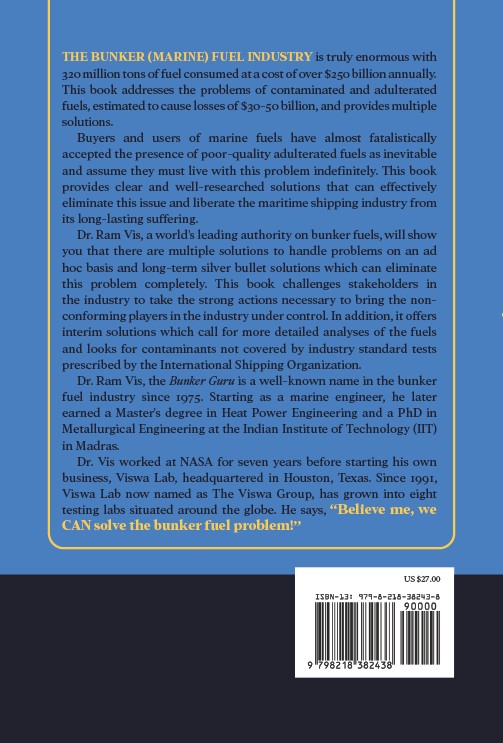
-
Frequent disruptions to traditional trade routes, especially the Asia- Europe corridor, are impacting container freight flows and raising cost uncertainties.
-
Global container trade remains resilient, with a projected annual growth rate of 3.6% through 2028, adding ~6.1 million TEUs of capacity per year.
-
Spot market rate declines are challenging long-held preferences for fixed-rate contracts, pushing the industry towards index-linked pricing strategies.
-
Volatility in the container market is prompting increased interest in hedging, with instruments like CME Group’s container freight futures gaining traction.
Traditional trade routes, particularly between Asia and Europe, are witnessing more frequent disturbances. These disruptions are primarily driven by escalating geopolitical tensions, especially in the Middle East and the South China Sea, leading to rerouting away from the Suez Canal following repeated attacks on vessels near Yemen. The Asia- Europe trade corridor saw 23 million TEUs transported in 2024, underlining the Suez Canal’s strategic significance in global maritime logistics, according to Baltic Exchange.
The global container trade growth outlook remains positive
Despite volatility, container trade continues to show resilience. According to the latest UNCTAD report, global trade reached a record $33 trillion in 2024—up 3.7% year-over-year. Containerized trade is expected to grow at an average annual rate of 3.6% through 2028. This translates into an estimated capacity expansion of 6.1 million TEUs per year, with 59.36 million TEUs transported on key East-West routes in 2024—an increase of 5% from 2023.
Container freight market trends: Spot rates and hedging strategies
More than 90% of the world’s goods move via sea, with containers accounting for around 60% of this volume. Recent market developments are prompting a reevaluation of freight pricing strategies. The continued decline in spot market rates has challenged the conventional preference for long-term fixed-rate contracts. As spot prices approach parity with fixed contracts, stakeholders are increasingly leaning toward dynamic, index-linked pricing structures using benchmarks like the Freightos Baltic Index (FBX).
Freight cost risk management gains prominence
Ongoing market uncertainty is driving greater interest in freight cost hedging. Participants across the shipping ecosystem—including liners, freight forwarders, and cargo owners—are actively reassessing trade structures and risk mitigation tactics. For example, a freight forwarder negotiating a fixed-price contract may offer index-linked pricing to a cargo owner and vice versa, depending on their market outlook. CME Group’s container freight futures have emerged as a valuable tool for managing price exposure amid fluctuating market conditions.
Example of freight futures hedging in practice
A freight forwarder locking in 400 containers for September 2025 at $4,200 each incurs a total cost of $1.68 million. If this cost is passed to a cargo owner on an FBX-indexed basis, both parties can hedge against price fluctuations. The forwarder—long in the physical market—would take a short futures position, while the cargo owner—short in the physical market—would take a long futures position. Depending on future market direction, each party can offset its exposure through futures trading.
Sustained volatility expected amid geopolitical risks
With continuing disruptions to major freight routes and longer transit times, the container shipping market is likely to remain volatile. Companies seeking to hedge against price swings may drive increased activity in container freight derivatives. Rising geopolitical tensions, frequent rerouting, and demand unpredictability are collectively reshaping cost management strategies and trade route planning across global supply chains.
Did you subscribe to our daily Newsletter?
It’s Free Click here to Subscribe!
Source: Baltic Exchange

















